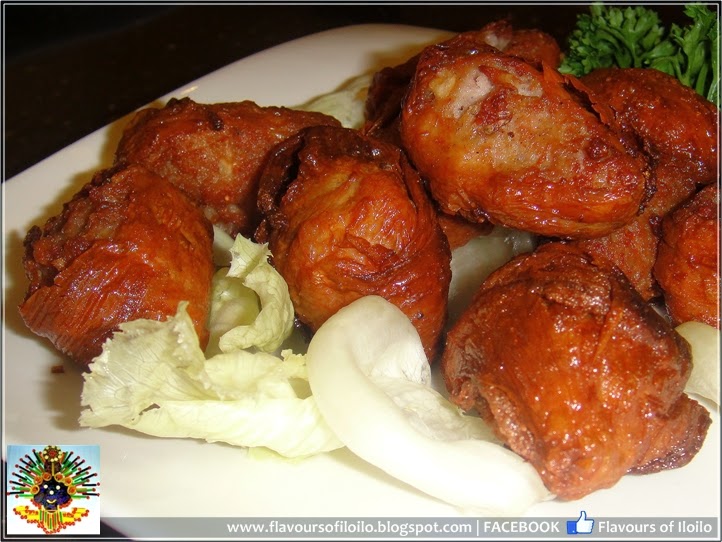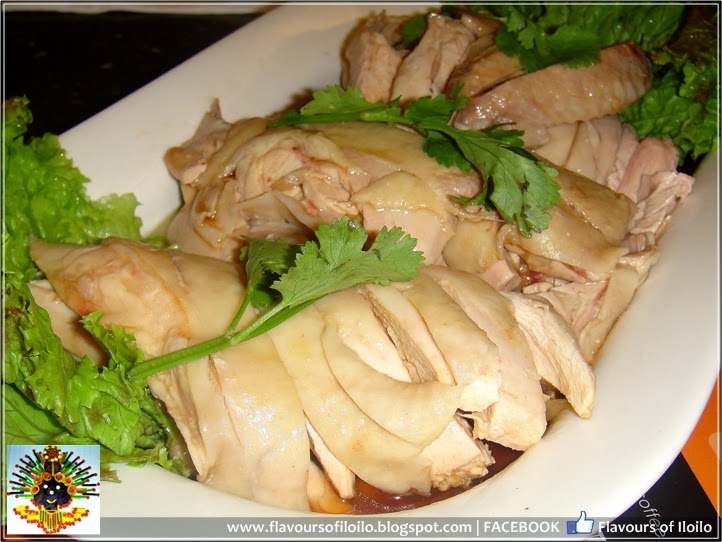With a view of Iloilo City seen from twenty-one storeys above, Horizon Cafe atop the Injap Tower Hotel has been the talk of the town since opening a few days go. Ilonggos queued to experience dining at the peak of the city while enjoying Asian fusion cuisine.
 |
| Photo by Cafe Ilonggo blog |
Almost always full-packed especially during dinner, Horizon Cafe has become the "it" place to dine. So much so that the online forum I am member of decided to hold our EB dubbed as the Eat Sago Festival. A play on the actual "It's a Go", our get together teases those things that have been stalled or in local Filipino sense those are just "drawing lang".
To start with a big Thank You to our very gracious sponsor who wish to remain anonymous, for letting us enjoy not only the view from atop the 21st floor but all the food Horizon Cafe has prepared for us.
Coinciding with the fiesta of the district of Molo, our EB also had the fiesta like atmosphere because the food served on our table seem to be good for a lot of people.
One by one we tried what was in front of us and this Ngo Hiang became my instant favorite. Its like a version of kikiam, they say, but this one's a lot better since you can still feel and taste the real meat as opposed to the finely grounded texture of very commercial ngo hiang.
This plate of Hokkien Noodles was next on the agenda and though it looks like adobo nga takway, I can assure you its really fat noodles, like the ones used in pancit lomi. It has this thick sauce (oyster?) and lot of toppings. (They're actually underneath the noodles, hiding)
But they ran out of these noodles. Good thing, the chef concocted our special noodle order which he says will soon be a part of their regular menu. It was sort of a preview on our part, then and he called it Egg Noodles with Seafood in Chef's Special Sauce. I love the taste of the egg noodles and the entire mix of seafood was just appetizing.
Then there's this Braised Pork with another "Chef's Special Sauce". It may look and could taste like adobo or humba, but it was a tamed version. I just loved how the pork fat melt in my mouth that I almost finished an order all by myself.
We had our vegetable fix with sort of Chop Suey which reminds me that this could have been the topping for one of our pancit dishes above - this one's just more colorful and meatier.A plate of Yang Chow rice to those who prefer a tastier ice with all the works...
To cap off our Eat Sago Festival, for dessert we had Mango-Pomelo that came with mango and pomelo bits topped with ice cream and SAGO! A perfect ending to a night of fun, stories, updates, jokes - as we again met face-to-face than the usual online in the forum.
Again, to the attendees and organizers of the mini-event, it was a pleasure meeting and eating with you. And, for the second time around, thank you very much to our gracious sponsor. Sa uulitin! Eat Sago!













